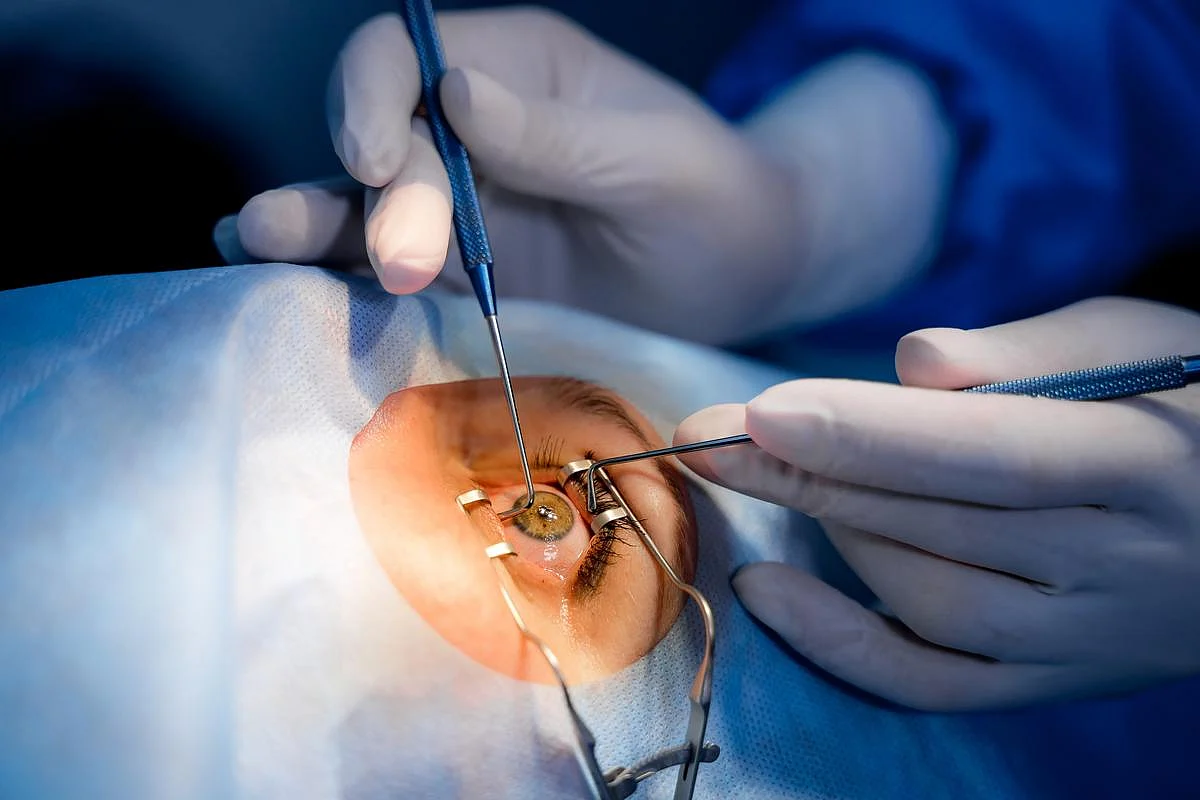Rural America Faces Growing Shortage of Eye Surgeons
By Dennis Thompson HealthDay Reporter
WEDNESDAY, Jan. 22, 2025 -- Rural areas are facing an increasing shortage of eye surgeons who can treat conditions like cataracts, glaucoma and detached retinas, a new study says.
More than 17% of patients who need an ophthalmic surgeon live in rural America, but fewer than 6% of eye surgeons now work in a rural area, researchers recently reported in JAMA Ophthalmology.
“Rural patients still disproportionately outnumber rural surgeons,” even though the U.S. rural population is slowly declining, the research team led by Dr. Fasika Woreta, director of the Johns Hopkins Eye Trauma Center in Baltimore, concluded.
This means rural residents with eye problems often face a long drive to get the care they need.
For example, “our results suggest that 18.2% of patients undergoing cornea transplants are rurally located,” researchers wrote. “Previous research indicated that only 3.5% of transplants occur in a rural area, suggesting that many rural patients do not receive care locally.”
For the study, researchers analyzed claims data for Medicare to track people needing eye surgery and where they wound up receiving care.
The U.S. rural population declined by about 2% between 2012 and 2022, researchers said.
But the number of eye surgeons practicing in a rural area also declined during that period:
-
Cornea surgeons, by 1.3%.
-
Glaucoma specialists, by 3.3%.
-
Oculoplastic surgeons, by 2.1%.
“This may be concerning for older rural patients, who may face impairments hindering their ability to drive to a subspecialist surgeon,” researchers said. “Alternative transportation modes, such as buses or shuttles, also may not be readily available in rural settings.”
Overall, the Northeast and West have the most eye surgeons, while the Midwest and South have fewer on hand.
“Rural residents within these regions may face less access,” researchers added.
Results also showed that eye surgeons who recently graduated from medical school are 43% to 82% less likely to practice in a rural area compared to those who came before them.
“This aligns with the decreasing percentage of medical students who are interested in rural practice but may be troubling for the ophthalmic subspecialist workforce considering the projected increase in demand for rural physicians,” researchers concluded.
Sources
- JAMA Ophthalmology, Jan. 2, 2025
Disclaimer: Statistical data in medical articles provide general trends and do not pertain to individuals. Individual factors can vary greatly. Always seek personalized medical advice for individual healthcare decisions.
© 2025 HealthDay. All rights reserved.
Posted January 2025
Read this next
ENCELTO Implant Protects Against Vision-Destroying Eye Disease
MONDAY, Aug. 11, 2025 — A newly approved implant appears to slow vision loss from a rare and previously untreatable eye disease, researchers report. The eye implant, called...
FDA Approves Vizz Eye Drops to Improve Near Vision in Adults
WEDNESDAY, Aug. 6, 2025 -- The U.S. Food and Drug Administration has approved Vizz 1.44 percent (aceclidine ophthalmic solution) for the treatment of presbyopia in adults. Vizz...
AI Can Help Screen For Vision-Destroying Diabetic Eye Disease
WEDNESDAY, July 16, 2025 — A new AI-powered retina tracker can help doctors screen for a vision-destroying diabetic eye disease, researchers say. The Simple Mobile AI...
More news resources
- FDA Medwatch Drug Alerts
- Daily MedNews
- News for Health Professionals
- New Drug Approvals
- New Drug Applications
- Drug Shortages
- Clinical Trial Results
- Generic Drug Approvals
Subscribe to our newsletter
Whatever your topic of interest, subscribe to our newsletters to get the best of Drugs.com in your inbox.

